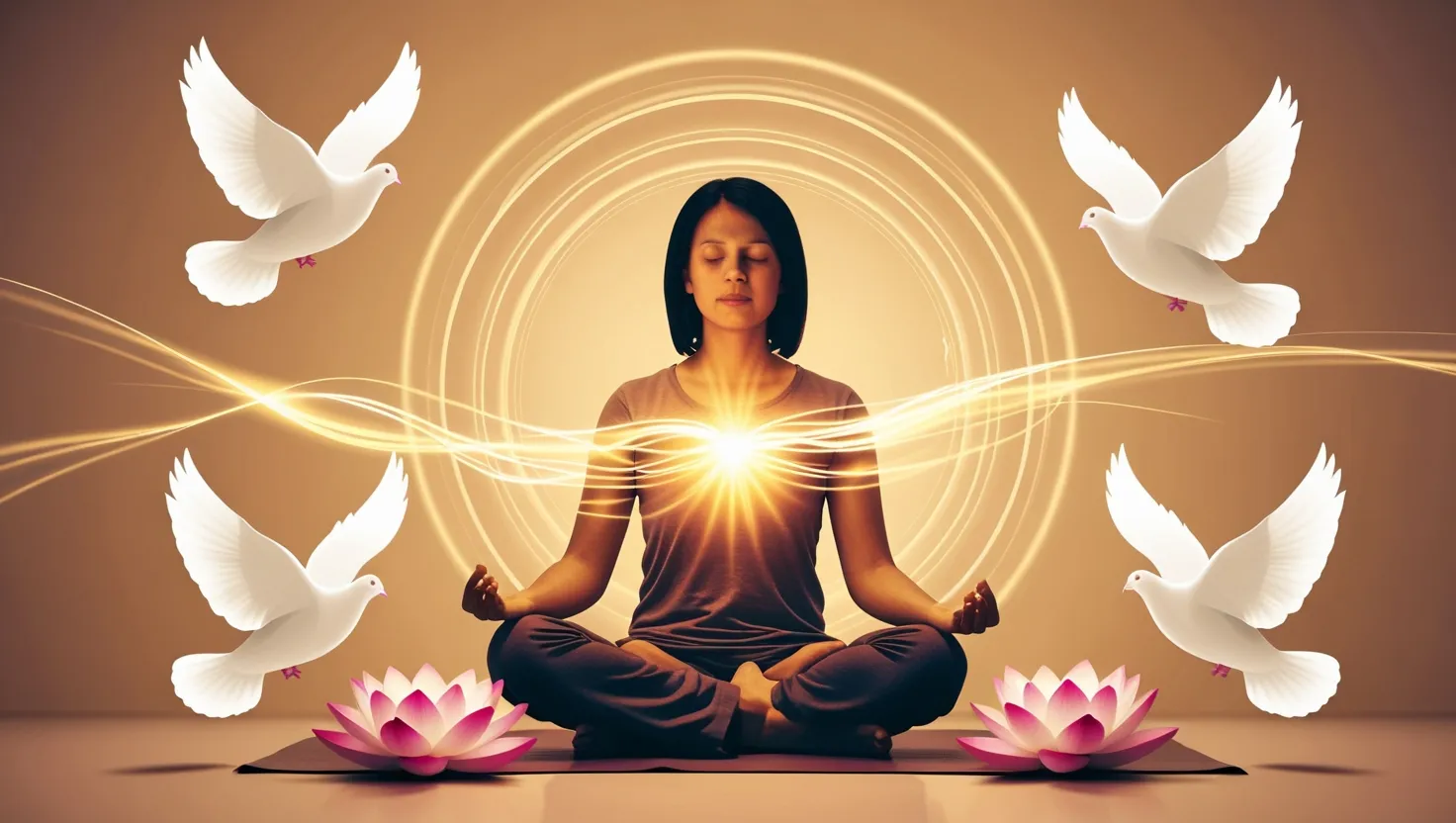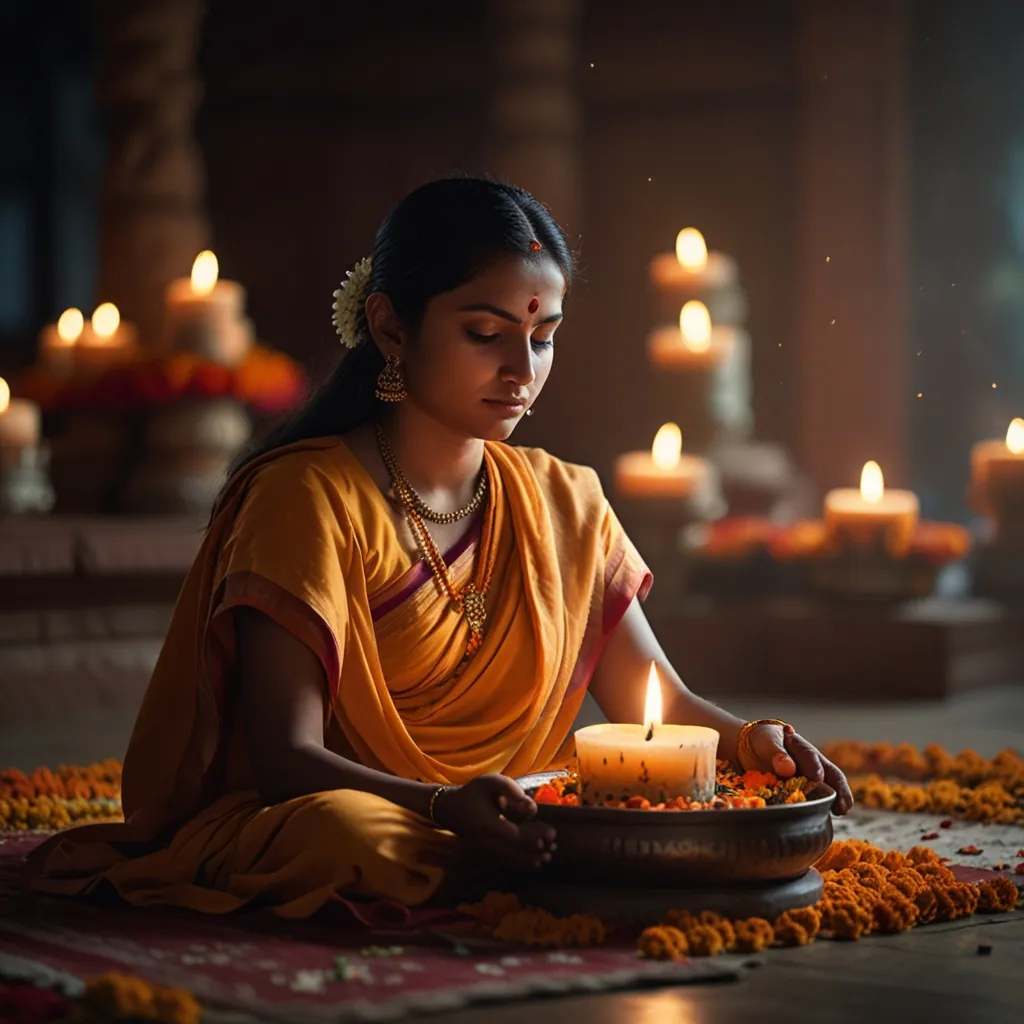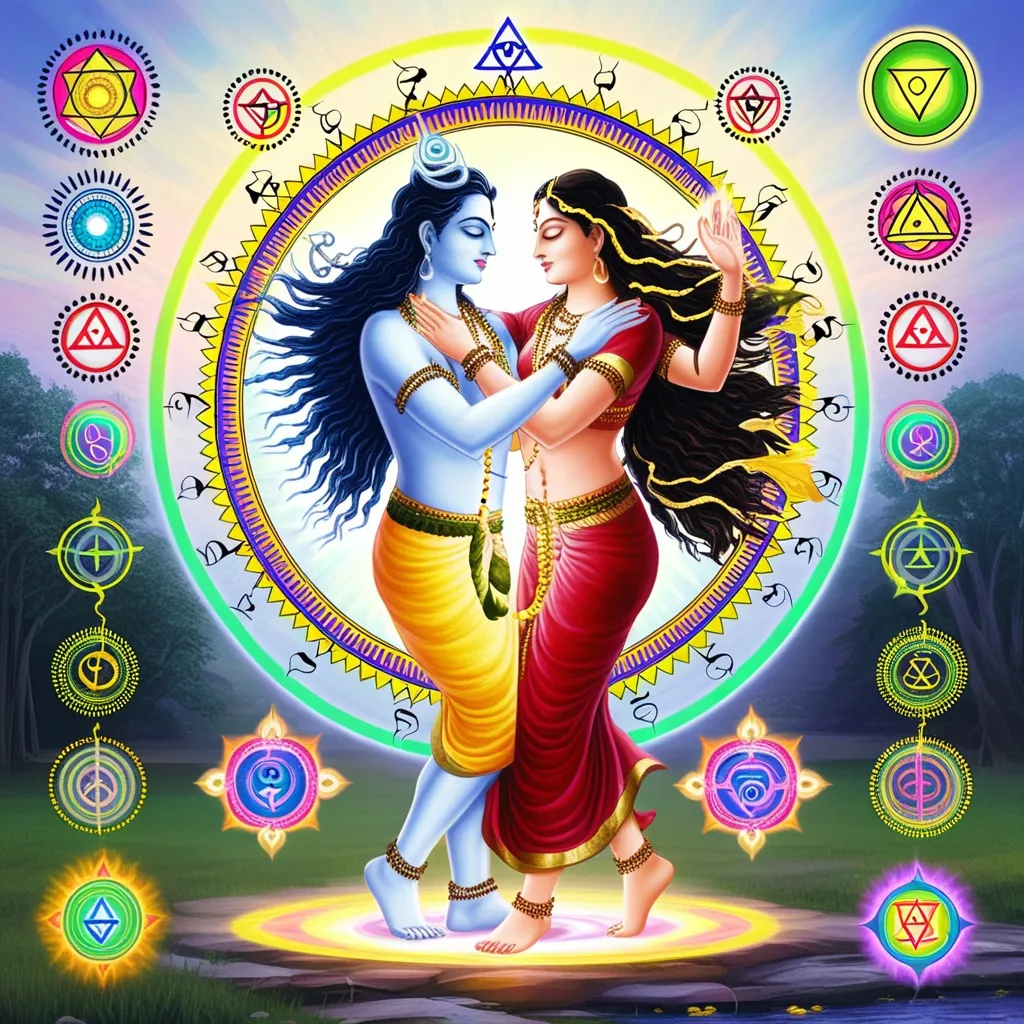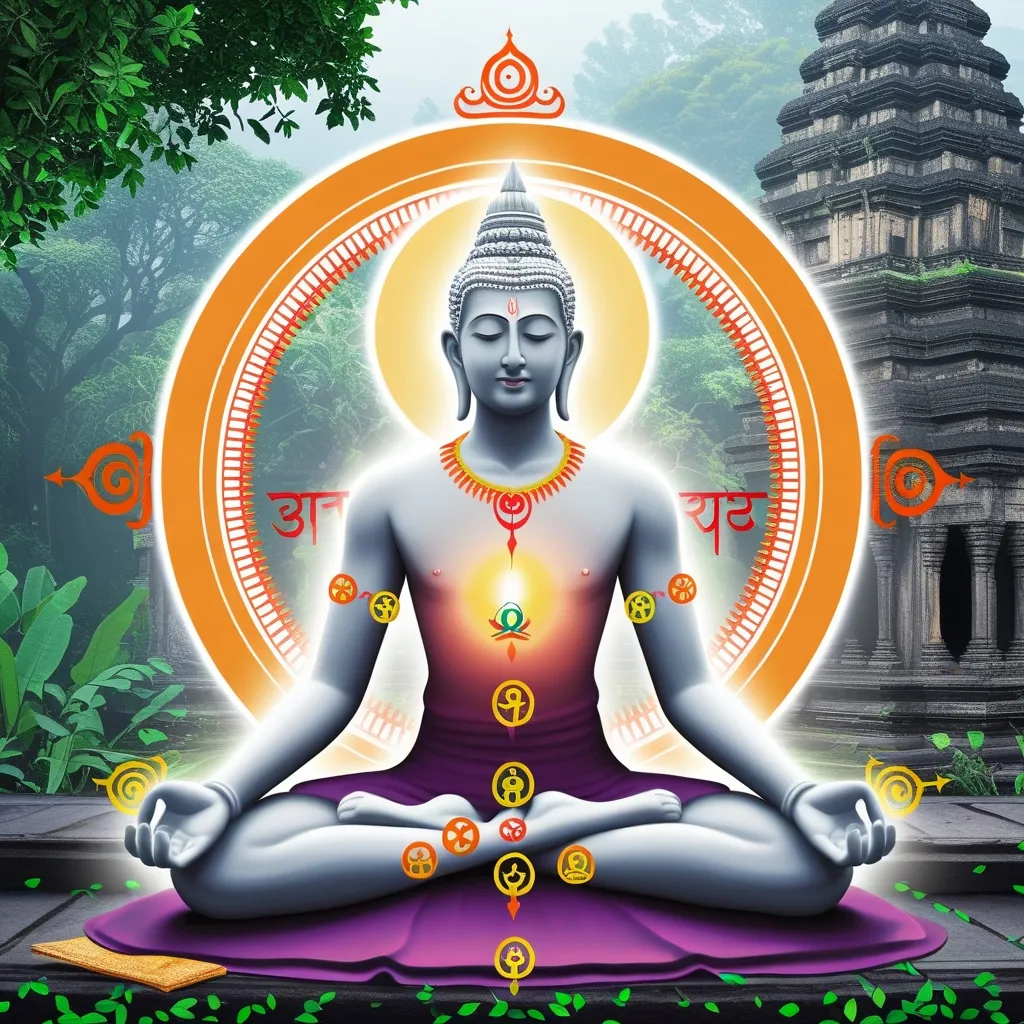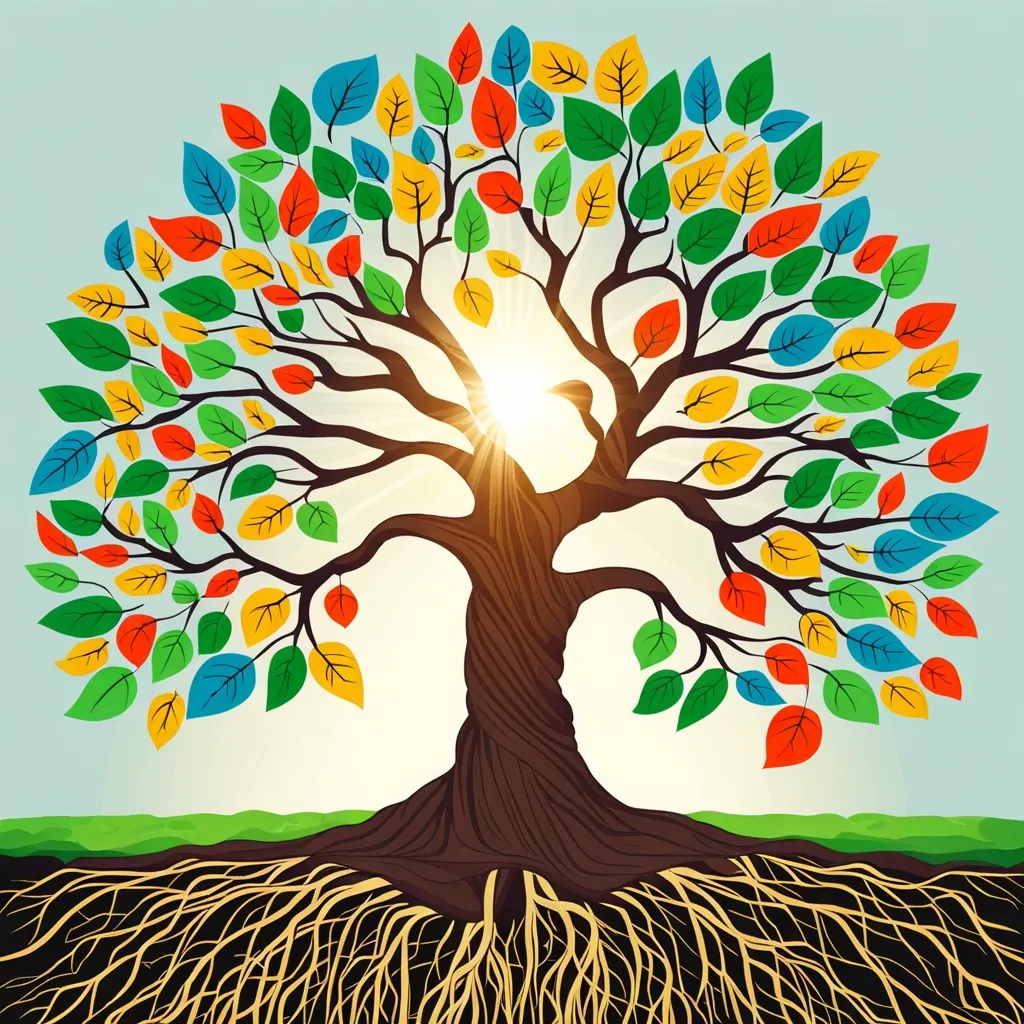If you ask me what truly sets the path of Bhakti apart, it’s this: devotion makes spirituality personal, immediate, and deeply human. Where other philosophies beckon with abstract principles or complex rituals, Bhakti invites us into a relationship—with the divine, certainly, but just as much with the softest places in our own hearts. I find it remarkable how this tradition, arising centuries ago, continues to mold lives today, far beyond its points of cultural origin. There’s something timeless about a path that prizes love over logic and tenderness over theory.
“Where there is love, there is life.” – Mahatma Gandhi
Let’s pause and consider what this really means in spiritual terms. Most of us navigate the world juggling aspirations, anxieties, and achievements, searching for meaning through things we can measure. What does it do to us, individually and collectively, to shift that search—to put the experience of heartfelt love at the center? The architects of Bhakti dared to suggest that ultimate wisdom isn’t achieved by out-thinking others or mastering obscure scripture, but by surrendering ego to something greater, through acts of loving devotion.
Bhakti’s genius lies partly in how it democratizes access to the divine. Whenever I read the songs of Kabir or Mirabai, I am struck by their simplicity. Anyone, regardless of background, could come forward and proclaim their love for God. There were no barriers of language or caste, no need to be a priest or scholar. Mirabai called Krishna her Beloved; Tukaram found the sacred among soil and harvest. These saints sang in the languages of the people—Marathi, Tamil, Hindi—not the elite tongues of courts or monasteries. It made the divine approachable, even playful.
“Love is composed of a single soul inhabiting two bodies.” – Aristotle
What does it feel like to treat the divine as a lover, a friend, a child, or even a master? I find that the answer changes not just between individuals, but within a single person over time. Bhakti doesn’t prescribe a one-size-fits-all relationship. Instead, it presents a vivid palette of possibilities—each colored with different emotions, each reflecting something authentic inside us. Sometimes, I’m the devoted servant: humble, eager to please. Other times, I’m the friend, sharing joy and sorrow as equals. In my strongest moments, the parent, nurturing and protecting. In my most vulnerable, the lover, yearning and surrendered.
The transformation here is subtle but radical. Ordinary human feelings—attachment, longing, even jealousy—are not sins to be erased, but fuels for spiritual growth. How often do we hear that desire or grief must be conquered to reach enlightenment? Yet Bhakti says that these emotions, if redirected, can elevate rather than imprison. My own experiences echo what many mystics assert: the ache of separation from God is itself a point of connection, and bliss is found in the letting go.
“Let yourself be silently drawn by the strange pull of what you really love. It will not lead you astray.” – Rumi
This approach holds unique psychological insights. Modern studies find that rituals of devotion—singing, chanting, praying—don’t just build group identity; they reshape the mind. Gratitude softens negativity. Surrender relieves burdensome control. I’ve seen how turning to kirtans or sacred poetry in moments of stress can lift a weary spirit, tempering distress with a kind of luminous joy.
Bhakti’s history isn’t just a spiritual legacy; it’s a social revolution. I am often moved by the courage of those who lit this path—saints who questioned oppressive hierarchies and priests who opened their temples to every voice. Bhakti fractured the hold of birth, occupation, and gender over spiritual advancement. Women, previously pushed to the margins, became powerful voices—Mirabai, Janabai, Akka Mahadevi. Artisans and farmers could speak of divine truths with authority. Even now, Bhakti spaces tend to be more inclusive, less rigid than many mainstream religious contexts. The democratizing thread is inseparable from the devotional one.
“Not all of us can do great things. But we can do small things with great love.” – Mother Teresa
Can you remember the last time you simply lost yourself in a song or poem? This is where Bhakti shines: it reframes spiritual practice from duty into delight. I am reminded that much of Bhakti literature uses metaphors from daily life—grinding dough, waiting at dusk, weaving baskets—to draw parallels with the search for God. Such language reassures me that spiritual fulfillment isn’t somewhere distant, but can be woven into mundane moments.
At its best, Bhakti is practical. It offers tangible ways to reorient life around positive emotions: cultivating humility, expressing thankfulness, serving others. These are not merely ideals but habitual practices: feeding a neighbor, cleaning a shrine, singing with community. The most profound teachings can hide in simplicity.
“Faith is taking the first step even when you don’t see the whole staircase.” – Martin Luther King Jr.
Does devotion necessitate belief in an external deity? Not necessarily. I’ve known followers who interpret Bhakti as pure love for life itself, a sacred presence that defies all forms. The key is the quality of heart. For some, the divine presence is Krishna or Shiva. For others, it’s Nature, or simply the living spirit within all beings. Even atheists have found inspiration in Bhakti’s message—the practice of selfless love is a powerful engine for meaning, whatever symbol one places at the center.
What I find particularly compelling is the way Bhakti transcends boundaries of religion. While its roots grow deep in Hindu soil, similar movements flourish in other faiths. Sufism in Islam, Christian mysticism, Buddhist devotional poetry—all echo this celebration of love as the path. Bhakti provides a blueprint: devotion is more than ceremonial. It is a radical reorientation toward openness, generosity, and the courage to care deeply.
“When I admire the wonders of a sunset or the beauty of the moon, my soul expands in the worship of the creator.” – Mahatma Gandhi
Kirtan gatherings, whether in temple courtyards or modern yoga studios, pulse with this same energy. I encourage you, if you haven’t already, to join a kirtan once—no matter your belief system. The act of singing God’s names, losing self-consciousness in communal joy, rewires something inside. In an age marked by loneliness and distraction, these gatherings provide meaningful connection, strengthening what many call the “muscle of the heart.”
Perhaps the greatest lesson Bhakti offers is that our longing—so often felt as absence or ache—is not our enemy. It is the actual pathway to fullness. When I lean into longing, I begin to see it as a form of participation. The desire itself is sacred. This is a subtle shift, but transformative: I move from asking, “How do I get rid of these feelings?” to “How can I direct them toward a greater good?”
In this sense, Bhakti is less about arrival and more about orientation. You don’t have to master philosophy or memorize sacred texts. You don’t even have to feel “spiritual.” All you need is the willingness to love, and to direct that love toward something that expands you—whether it’s called God, justice, or the spark inside every living being.
“Your task is not to seek for love, but merely to seek and find all the barriers within yourself that you have built against it.” – Rumi
So I invite you: What would it mean for you to approach your everyday relationships—friendship, family, even the passing stranger—with a little more Bhakti? What practices, if any, can you bring into your routine to ground yourself in devotion? The answers are personal, and there is no single right way. Bhakti thrives in sincerity, not dogma. Trust the process, and notice—does your heart grow a little lighter?
Bhakti is, at its core, a living philosophy, not yet finished. It adapts as we adapt; it flows as love flows. In a world that constantly pulls us toward separation—by status, opinion, or fear—Bhakti beckons us to connection. The real transformation, I believe, is not in the heavens, but in our capacity for deep, enduring affection. That’s the real miracle: we become, together, just a little more human.
